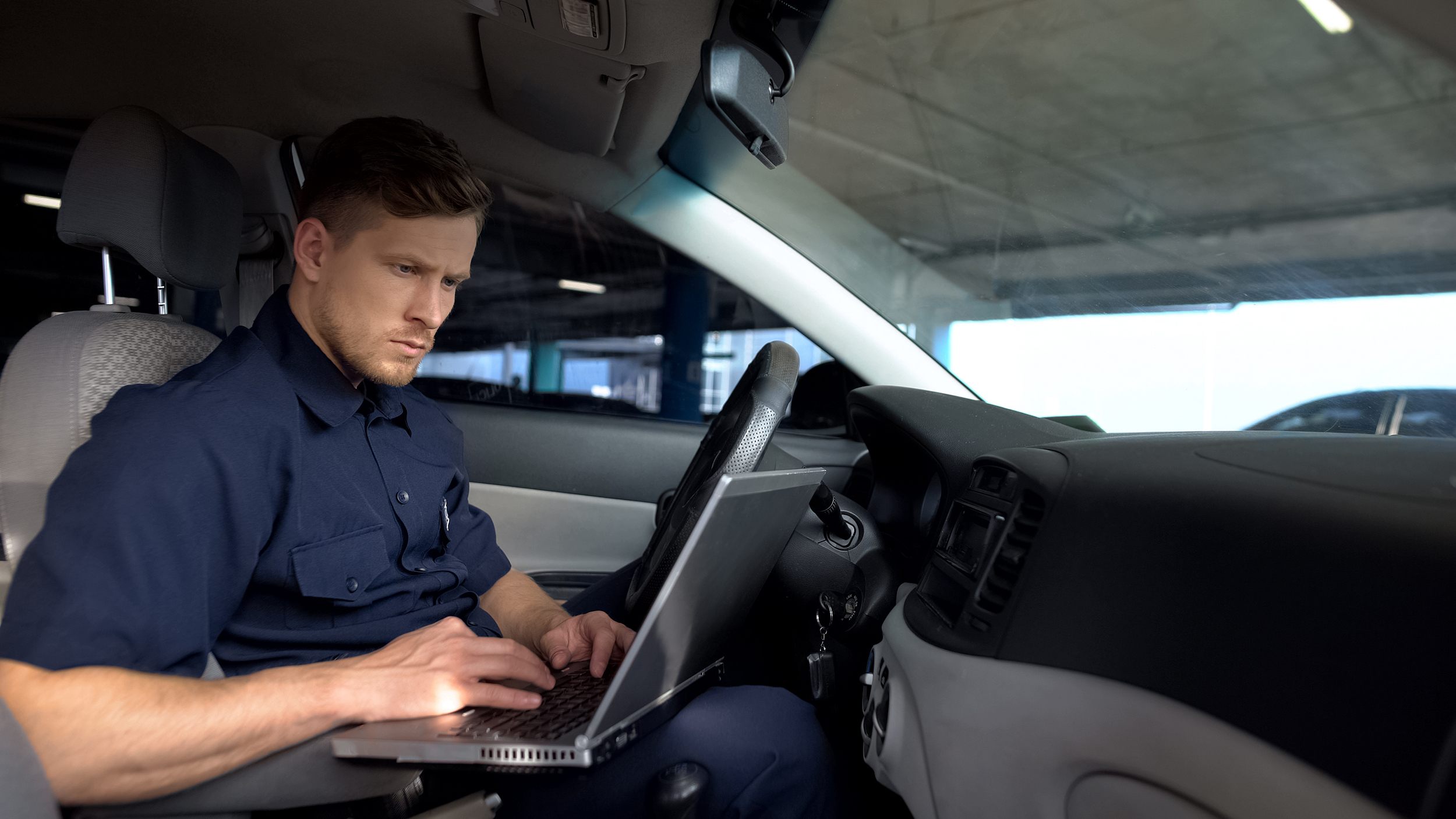
Is convenience killing the automotive service industry? A deep dive into the future of customer experience

By Lois Valente, Global Solutions Leader of Parts, Accessories & Service Performance
In the modern automotive landscape, convenience has evolved from a preference to an essential element in the customer experience. As we navigate through the complexities of automotive retail, understanding and integrating convenience into the service experience has become crucial for retaining customer loyalty and staying competitive.
In today’s fast-paced world, customers value their time more than ever, and the demand for convenience is influencing how services are delivered across various industries. According to Gartner, integrating retail inventory, such as automotive parts, with IoT technology enhances visibility, which is a critical first step in enabling omnichannel fulfillment. This improvement subsequently boosts retail operations and enhances customer experiences.
In automotive services, convenience directly impacts customer satisfaction, loyalty, and overall brand perception. The ability to offer a seamless, hassle-free service experience can significantly differentiate a brand from its competitors, especially as the demand for electrification accelerates.
As manufacturers understand the importance of convenience on their brand, they must examine their own strategies and make future projections that encompass transformative technologies and harness the insights gathered from business and performance data to deliver convenience for their customers.
But while convenience offers a strategic advantage, the question at the heart of developing services that meet and exceed customer expectations is “How does the customer want to engage in the service experience?”. Providing convenience is about respecting the customer’s time and preferences, thereby fostering a positive and lasting relationship. Here, we delve into the current landscape of convenience within the automotive service sector, examine strategies for delivering customer ease, and explore the future of customer convenience in the automotive service environment.

The current state of convenience
The importance of customer convenience is evident in several key areas of the automotive service environment, including the shift from traditional phone-based appointment scheduling to digital solutions, the growing preference for real-time communication, and the challenges posed by technician shortages and increased vehicle numbers. These developments reflect a broader trend towards meeting customer needs more efficiently and effectively in today’s fast-paced world.
Where we are today
The automotive industry is already leveraging several strategies to enhance convenience, and it continuing to revolutionize it through advanced technological integration, lean processes, and data analytics. Dealers now use sophisticated tools and methodologies to streamline workflows, reduce waste, and provide quicker, more accurate services. Real-time data analytics further enable customized, efficient solutions, significantly enhancing the overall customer experience.
Technological Integration
Lean Processes
Technological Integration
Lean Processes
The future of convenience
As the automotive industry evolves, the future of convenience in servicing vehicles is set to be transformed by emerging technologies and innovative service models. These advancements will not only streamline operations but also enhance the customer experience by providing more efficient, accurate, and proactive service solutions.

AI and Predictive Analytics
The integration of artificial intelligence (AI) and predictive analytics will revolutionize how services are delivered. AI can assist in diagnosing issues, optimizing workflows, and even predicting when a vehicle will require a service. This predictive capability will allow dealers to proactively manage service schedules and reduce downtime for customers.
“AI can be used to help us in the service drive with customer service performance and service workflows.”

Connected Cars
As connected car technology continues to advance, vehicles will soon be able to communicate directly with service centers, providing real-time data on their condition. This will enable more accurate diagnostics and timely interventions, further enhancing convenience for customers. Connected cars will not only notify the OEM when a service is needed but will also provide detailed information to the service center, reducing diagnostic time and improving repair accuracy.

Specialized Service Outlets
The separation of sales and service experiences will become more evident with the introduction of new retail models. We will see an increase in the number of specialized service outlets catering to alternative drive trains that will allow for more efficient and specialized service delivery.

Mobile and Autonomous Services
The future may see an increase in mobile service units and even autonomous vehicles that can drive themselves to service centers at night. While fully autonomous servicing is still a way off, the trend towards mobile and flexible service options will continue to grow. This evolution will provide unparalleled convenience, allowing for services to be performed with minimal disruption to the customer’s daily routine.

AI and Predictive Analytics
The integration of artificial intelligence (AI) and predictive analytics will revolutionize how services are delivered. AI can assist in diagnosing issues, optimizing workflows, and even predicting when a vehicle will require a service. This predictive capability will allow dealers to proactively manage service schedules and reduce downtime for customers.
“AI can be used to help us in the service drive with customer service performance and service workflows.”

Connected Cars
As connected car technology continues to advance, vehicles will soon be able to communicate directly with service centers, providing real-time data on their condition. This will enable more accurate diagnostics and timely interventions, further enhancing convenience for customers. Connected cars will not only notify the OEM when a service is needed but will also provide detailed information to the service center, reducing diagnostic time and improving repair accuracy.

Specialized Service Outlets
The separation of sales and service experiences will become more evident with the introduction of new retail models. We will see an increase in the number of specialized service outlets catering to alternative drive trains that will allow for more efficient and specialized service delivery.

Mobile and Autonomous Services
The future may see an increase in mobile service units and even autonomous vehicles that can drive themselves to service centers at night. While fully autonomous servicing is still a way off, the trend towards mobile and flexible service options will continue to grow. This evolution will provide unparalleled convenience, allowing for services to be performed with minimal disruption to the customer’s daily routine.
Embrace the future: Redefining convenience in automotive servicing
As the customer demand for convenience increases, manufacturers must understand and adapt to their needs, leveraging technology, and optimizing operational processes to significantly enhance the customer experience. MSX White Paper, “Perfecting the car buying journey: Virtual, human, or the best of both worlds?” has revealed that while customers have expressed a clear desire for some form of human interaction, they also demand the convenience of digital channels. As we look to the future, the continued integration of AI, connected car technology, and specialized service models will further redefine convenience, ensuring that automotive services remain aligned with customer expectations and industry advancements.
MSX’s tailored solutions analyze performance data and identify weaknesses in existing operational processes that help you deliver exceptional customer experiences while optimizing factory to customer supply chain costs.
We combine research, analysis, technology and expertise with proven delivery strategies to help brands engage new customers, recapture business from competitors, and to innovate the customer’s experience throughout their aftersales journey.





